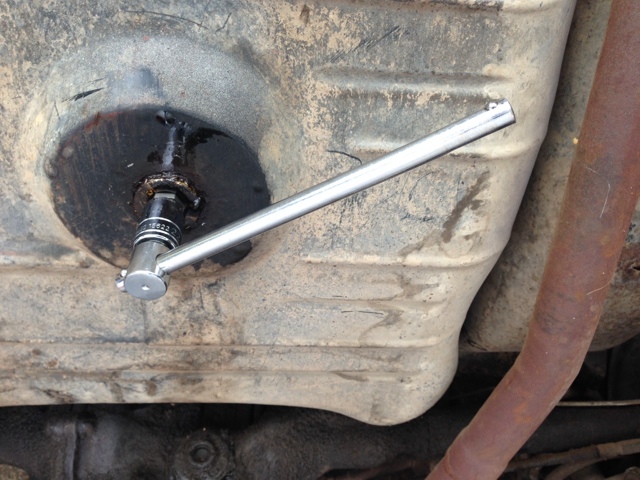Planning a trip in an Electric Vehicle (EV) is very similar to fuel planning for a cross-country in light aircraft. Before undertaking a journey you want to know enroute conditions, access performance data, locate fuel stops, have an alternate or a backup plan. EV range, like aircraft range is limited. Fuel stops are few and far between for either. The consequences of miscalculation for either can be serious. If you have aviation experience you will grasp the range planning concept readily.
The variables that can affect range, i.e. shorten or lengthen are:
- speed
- road surface
- temperature
- wind
- elevation change
There are other factors to consider exclusive to the EV such as cabin comfort; heating or cooling (HVAC) uses energy from the battery whereas a light aircraft uses waste energy from combustion exhaust manifolding to provide heat. A battery electric vehicle will suffer from some degree of vampire drain and parasitic energy losses -0.3 range miles for each clock hour vehicle moving or stationary. Wheel and Tire design choices influence rolling resistance and aerodynamic drag. Passenger windows open vs closed can alter aerodynamics.
By far the biggest consideration is speed because of wind resistance. Drag is proportional to the square of speed, and the power needed to overcome that drag is proportional to the cube of speed so if you want to go twice as fast, you’ll have to be eight times more powerful. The following table shows percentage corrections to rated range and is based on driver reports and manufacturer guidelines.
SPEED
| 45mph |
+26% |
| 55 |
+ 8% |
| 60 |
100% of EPA rated range (at 70 degrees with miniscule HVAC) |
| 65 |
– 8% |
| 75 |
-26% |
Headwinds can create significant energy penalty. Consider a headwind or tailwind component by using the speed table above. e.g. Your speedometer indicates 60 mph but you experience a 15 mph headwind — the transparent wind is 75 mph for a 26% reduction in range.
Optional:
Hypermiling techniques,
e.g. drafting a truck or inter-city bus +15% Optional: Passenger windows lowered at cruising speed -4%
Note that all of the range penalties are cumulative.
The following table describes range corrections percentages to allow for road surface:
CONDITIONS
| Clear and dry |
100% of rated range |
| Wet roadway |
– 2% |
| Standing water |
-10% |
| Light snow |
-15% |
| Heavy snow |
-25% |
This next table shows range penalties caused by temperature with respect to comfort and battery control. EVs must maintain an ideal temperature range for the economics of battery longevity.
HVAC referencing the outside air temperature (OAT)
| 15 |
-25% at full blast, HVAC pulls about 7.5kW — battery heating is ncessary |
| 32 |
-13% pre-heat the cabin if possible and then reduce cabin heat temp and use seat heaters. Optional cabin heat switched off (Brrrrrr) but still need battery heat -8% |
| 50 |
– 7% |
| 70 |
100% of rated range (HVAC on, but barely in use i.e. vent only) |
| 100 |
– 7% |
| 120 |
-13% there is energy draw for battery cooling in extreme |
ELEVATION
| Mountain |
-10 miles in lost range for each 1000′ of Rise |
| Mountain |
+4 miles recovered range for each 1000′ of Descent |
|
|
With experience a proficient driver can relax, put the
sliderule down and properly estimate range by allowing a fudge factor. A general rule is to only count on 2/3rds of your advertised rated range. Planning a charge stop in this way, while conservative, will eliminate
range anxiety. Also, there are
calculators which will perform the math after you input certain values just as there are aircraft dispatchers who can do your flight planning. If you understand the principles explained here and dare I say enjoy working through the solutions then you might find aviation an easy transition. The mechanics are the same.








